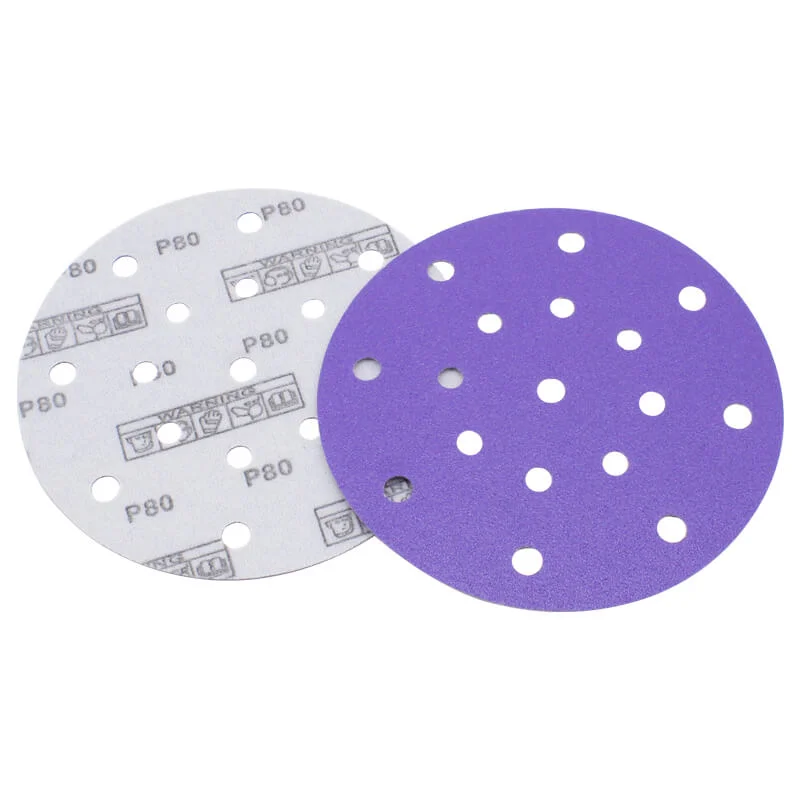Rhyolite, a volcanic rock that is often overlooked in discussions about igneous formations, holds a wealth of geological information within its mineral composition. Understanding the minerals present in rhyolite not only enhances our knowledge of volcanic processes but also provides insights into the conditions under which this rock is formed. In this article, we will delve into the primary minerals found in rhyolite, their significance, and the implications for both geological research and practical applications.
The Formation of Rhyolite
Before we explore the mineral composition, it is essential to understand how rhyolite forms. Rhyolite is an extrusive igneous rock that typically forms from the rapid cooling of high-silica lava. This lava is often associated with explosive volcanic eruptions, which can lead to the formation of pumice and ash deposits. The cooling process results in a fine-grained texture, making rhyolite distinct from its intrusive counterpart, granite.
Primary Minerals in Rhyolite
Rhyolite is primarily composed of quartz, feldspar, and biotite, along with a variety of accessory minerals. Each of these minerals contributes to the rock's overall characteristics and behavior.
- Quartz:
Quartz is the most abundant mineral in rhyolite, typically constituting 20-60% of its composition. This mineral is crucial for understanding the silica content of the rock, which can exceed 70%. The presence of quartz not only influences the rock's physical properties, such as hardness and durability, but also plays a significant role in the magma's viscosity during eruption. - Feldspar:
Feldspar is another major component of rhyolite, often accounting for 30-50% of its mineral content. Rhyolite typically contains two types of feldspar: orthoclase (potassium feldspar) and plagioclase (sodium-calcium feldspar). The ratio of these feldspars can vary, affecting the rock's color and texture. The presence of feldspar contributes to the light coloration of rhyolite, which can range from pink to gray. - Biotite:
Biotite, a common phyllosilicate mineral, is often present in smaller quantities (around 1-5%) in rhyolite. This dark-colored mineral can provide valuable information about the cooling history of the magma. Biotite's formation at higher temperatures suggests that it crystallized early in the cooling process, indicating the conditions under which the rhyolite was formed.
Accessory Minerals
In addition to the primary minerals, rhyolite may contain various accessory minerals that can provide further insights into its formation and evolution. These include:
- Hornblende: A common amphibole mineral, hornblende can indicate the presence of water in the magma, which is critical for understanding the eruptive behavior of the volcano.
- Zircon: This mineral is often used in radiometric dating, helping geologists determine the age of the rhyolite and the volcanic events associated with it.
- Muscovite: Another mica mineral, muscovite can provide clues about the temperature and pressure conditions during the formation of the rhyolite.
Implications for Geological Research
The mineral composition of rhyolite has significant implications for geological research. By studying the minerals present in rhyolite, geologists can infer the tectonic settings of volcanic activity, the evolution of magma, and the potential hazards associated with volcanic eruptions. For instance, the high silica content and the presence of certain minerals can indicate a propensity for explosive eruptions, which is crucial for hazard assessment in volcanic regions.
Practical Applications
Beyond academic interest, understanding the mineral composition of rhyolite has practical applications. Rhyolite is often used as a decorative stone in landscaping and architecture due to its aesthetic appeal. Additionally, the minerals within rhyolite can be sources of valuable materials, such as feldspar for ceramics and glass production.
Conclusion
Rhyolite is more than just a volcanic rock; it is a complex assemblage of minerals that tells a story of geological processes and conditions. By examining the primary and accessory minerals within rhyolite, we gain insights into the volcanic activity that shaped our planet. As research continues to evolve, the importance of understanding rhyolite's mineral composition will only grow, highlighting its significance in both geological studies and practical applications.




More Stories
How Can Stackable Home Batteries Transform Residential Energy Storage?
How Can Stackable Home Batteries Transform Residential Energy Storage?
2205 Stainless Steel Coil: The Ideal Material for Strength, Safety, and Efficiency